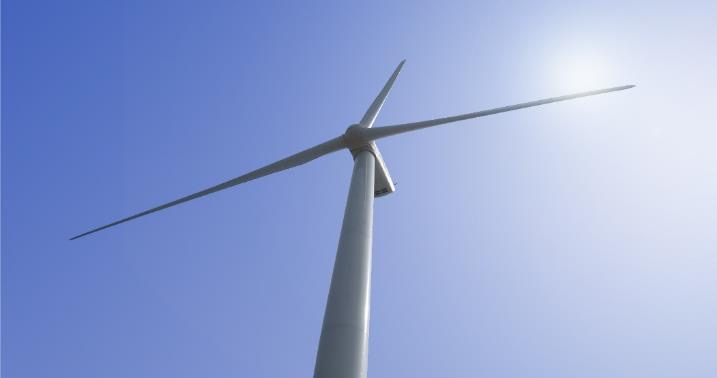Situation
We must reduce energy costs, minimise carbon emissions and improve energy resilience in the long-term. Investing in on site wind generation capability can have an important role to play in achieving these objectives, subject to appropriately considered development risk. Analysis of the electricity consumption across our 100 NI sites with the highest energy demand suggests that 1.5MW of onsite wind generation could be installed during the PC21 period with potential to increase further in future years.
Action
Two sites have been identified as the starting point for onsite wind generation. These sites have significant electricity demands and offer the potential for wind development. We do not currently own any wind turbines, and therefore, this would be the first wind energy generation project for the company.
Our plan is to install wind where there is minimum requirement for an export connection, this means that most of the electricity generated can be used on site. NI Water is most likely to develop behind the meter scenarios, where both the commodity and non-commodity elements of the cost of the alternative can be offset. It is anticipated that 1.5MW of wind generation can be installed during the PC21 period.

Results
The PC21 investment of £2.2m, with additional annual Opex of £60k, meets our strategic objectives because it will reduce the amount of electricity to be brought from the grid by an annual recurring benefit of £290k (3.5GWh/ year). This will also have a reduction in carbon emissions of 1,080 tonnes/year compared to grid electricity and bring greater security of supply to the sites where there is wind installed.
Onsite wind generation will unlock many benefits for us, for their customers and for other users of the Northern Irish energy system. An onsite source of electricity will protect us from price volatility in the electricity market and will help to safeguard supply in the event of national level power failure. This will help to protect the service delivered to the end customer and is also likely to lead to reduced end costs due to a decrease in operational cost. We will benefit from reduced carbon emissions and associated air quality emissions resulting from replacing grid electricity with local wind generation.